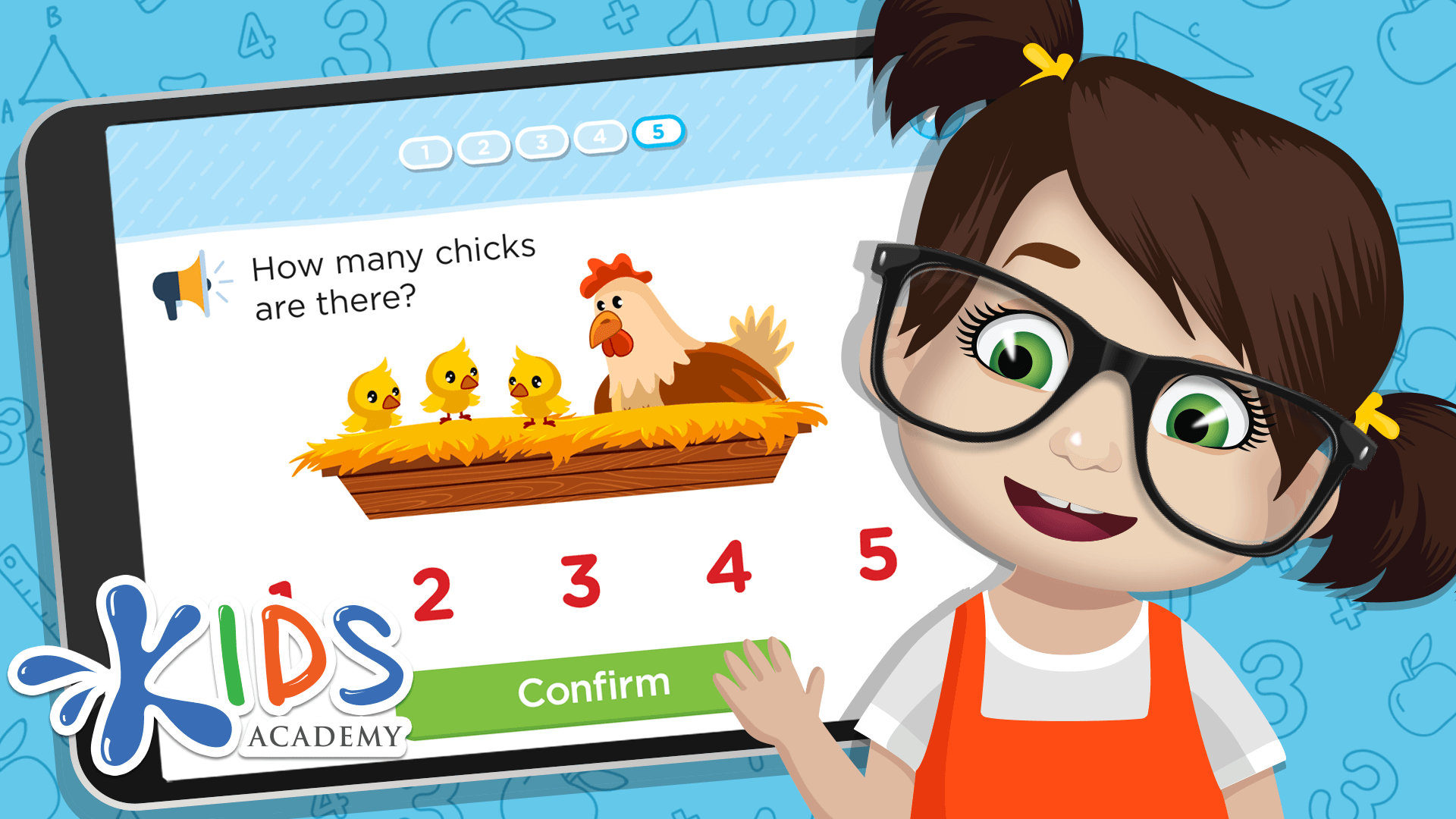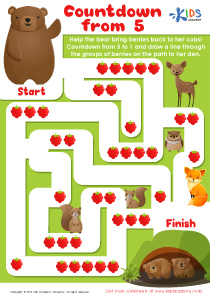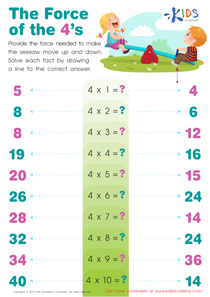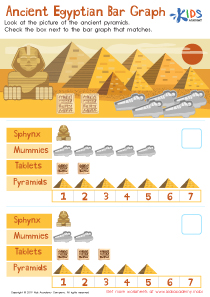Shape identification Easy Math Worksheets for 4-Year-Olds
3 filtered results
-
From - To
Introduce your preschooler to the exciting world of geometry with our "Shape Identification Easy Math Worksheets for 4-Year-Olds"! Designed to support early learners, these engaging worksheets help young children recognize and name various shapes, including circles, squares, triangles, and rectangles. Each activity is crafted to enhance cognitive development, fine motor skills, and attention to detail. Perfect for at-home practice or classroom use, these printable worksheets provide a solid foundation for future math success. Boost your child’s confidence and foster a love for learning with our fun and educational shape identification worksheets!


Number 2 Printable
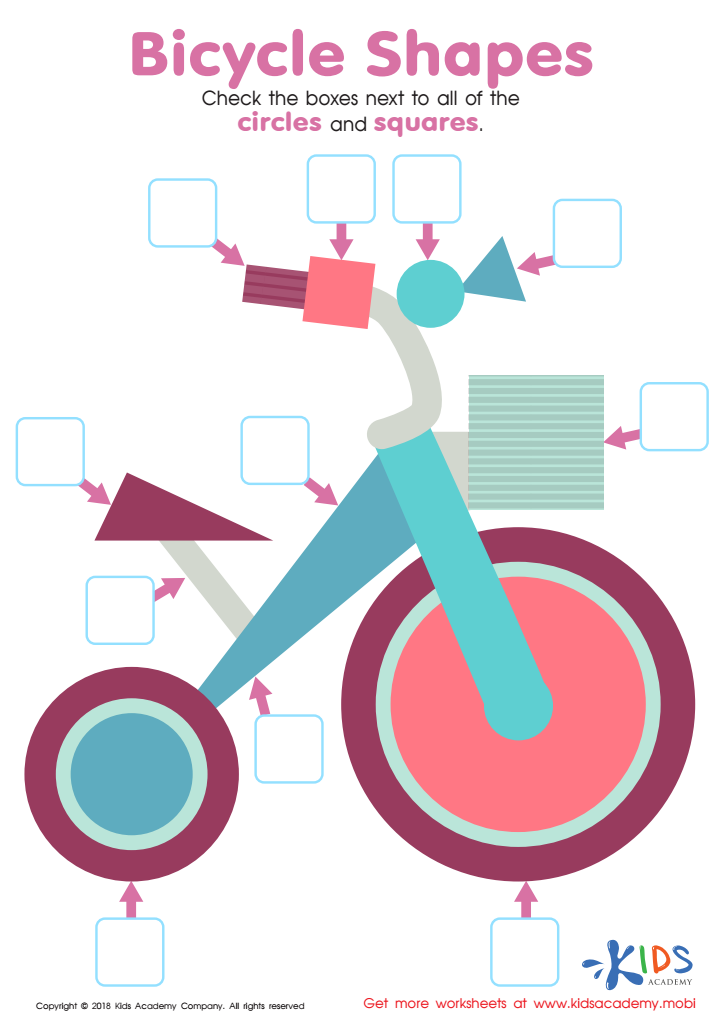

Bicycle Shapes Worksheet
Shape identification is a foundational skill in early childhood education, and its significance should not be overlooked by parents and teachers. Introducing 4-year-olds to shapes such as circles, squares, and triangles is more than just an exercise in recognition; it is a crucial step in their cognitive development.
First, shape identification enhances visual-spatial skills. As children learn to distinguish and categorize shapes, they develop their ability to identify patterns and organize visual information, which are important skills for both math and reading.
Second, recognizing shapes contributes to mathematical understanding. Basic geometry concepts start with knowing shapes, which later extends to understanding properties of objects, spatial reasoning, and eventually, more complex math problems. Early familiarity with shapes builds a foundation for more advanced mathematics.
Third, shape identification is closely linked to language development. Discussing shapes encourages children to use descriptive vocabulary and enhances communication skills. Phrases like "The circle is round and has no corners" help in understanding and using language meaningfully.
Finally, shape activities foster problem-solving skills and creativity. Projects that involve sorting, matching, or constructing shapes require logical thinking and innovation.
In sum, shape identification is a critical aspect of early math skills that impacts broader cognitive development. Investing time in teaching shapes to 4-year-olds equips them with essential tools for academic and personal growth.
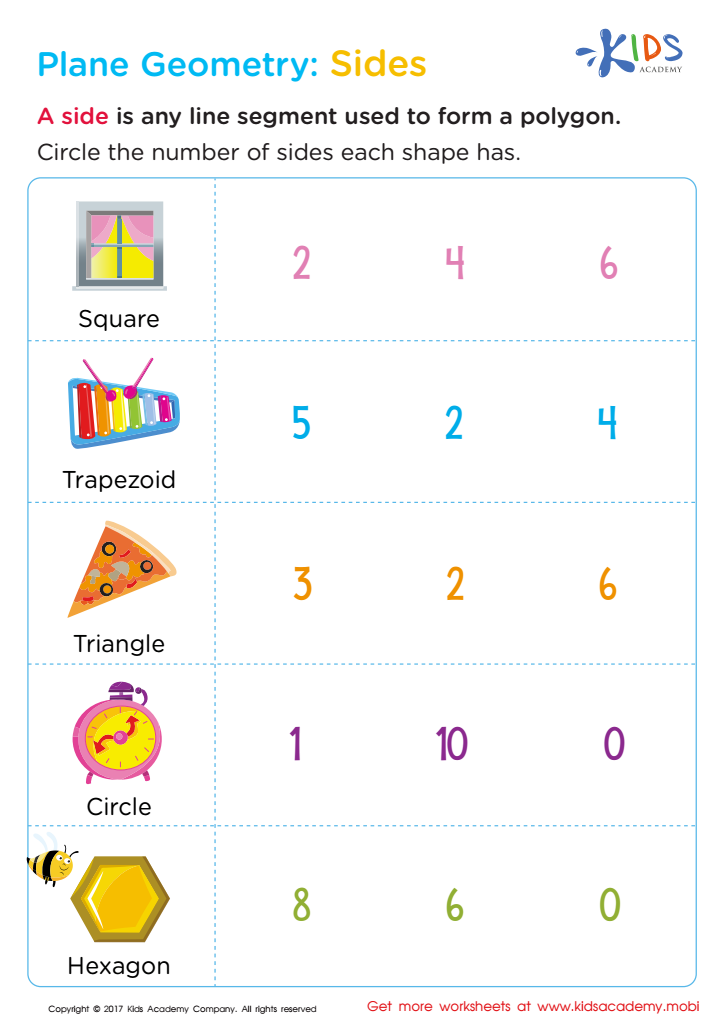
 Assign to My Students
Assign to My Students



